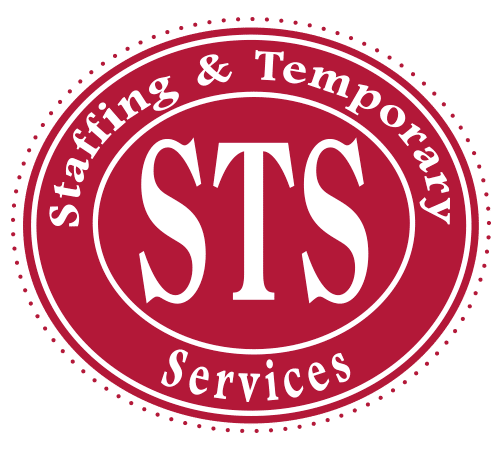With all the talk about quiet quitting, it’s tempting to conclude that “people just don’t want to work.” But that isn’t necessarily true, according to two recent workplace studies.
A study by Pew Research found that 51% of Americans are extremely or very satisfied with their day-to-day work tasks and their job overall. And the Gallup Workplace 2023 Report notes employee engagement is higher than ever.
That doesn’t mean there isn’t room for improvement, however. Although 31% of U.S. employees “found their work meaningful and felt connected to their team, manager and employer” (compared with only 13% of European workers), 52% were just doing the bare minimum and 17% were actively disengaged.
So how do employers motivate the 69% of American workers who have a “take it or leave it” attitude toward their jobs?
According to Gallup, focusing on recognition, opportunities to learn, and workplace culture are among the ways to improve employee engagement.
Acknowledge Good Work
“Two out of three employees feel they do not get enough recognition for their work,” notes Forbes. Workers who feel undervalued can become disengaged, resulting in low work quality and output.
Further, employers who don’t acknowledge their employees’ efforts risk having their best workers flee to greener pastures. On the other hand, employees who feel valued tend to work hard toward solutions that benefit the company.
Recognition programs don’t need to be complicated. Sharing successes through award certificates, incentives, formal reward systems, or even a simple verbal “thank you” can motivate employees to do well.
Provide Development Opportunities
Many employees won’t stay with a company where they have no opportunity for advancement. Therefore, investing in your workers’ professional development makes good business sense.
“Be sure your employees are ready to grow with you,” urges Fast Company, by providing learning opportunities. These may take the form of mentoring, job shadowing, education for upskilling or stretch assignments.
At the same time, adjust employees’ current responsibilities to make time for professional development. That way, it doesn’t feel like you’re just trying to get more work out of your workers.
And since dissatisfaction with a supervisor is a major cause of job stress, disengagement, and quitting, make efforts to improve your managers’ leadership skills. Training managers in techniques to keep all workers engaged is especially important as businesses continue to develop hybrid and remote work models.
Improve Workplace Culture
Encouraging professional development and recognizing employee accomplishments are aspects of a positive workplace culture. When staff feel their values align with their company’s culture, they’re more likely to be satisfied with their workplace.
Other ways to improve your corporate culture:
- Define and articulate your company’s values.
- Encourage open communication and transparency.
- Set clear expectations and provide regular feedback.
- Invest in diversity and inclusion.
- Develop or enhance wellness initiatives.
- Promote a team atmosphere.
- Be flexible.
Benefits of Employee Engagement
Employees who feel they fit in at their organization and find their work fulfilling are more likely to be engaged. And engaged workers “tend to be more focused and motivated on the outcome of their work,” says Indeed.
Engaged employees can help raise productivity, increase profits, enhance customer experience, foster brand loyalty and facilitate growth.
Need workers who fit in with your company culture? Contact the recruitment experts at STS Staffing.

